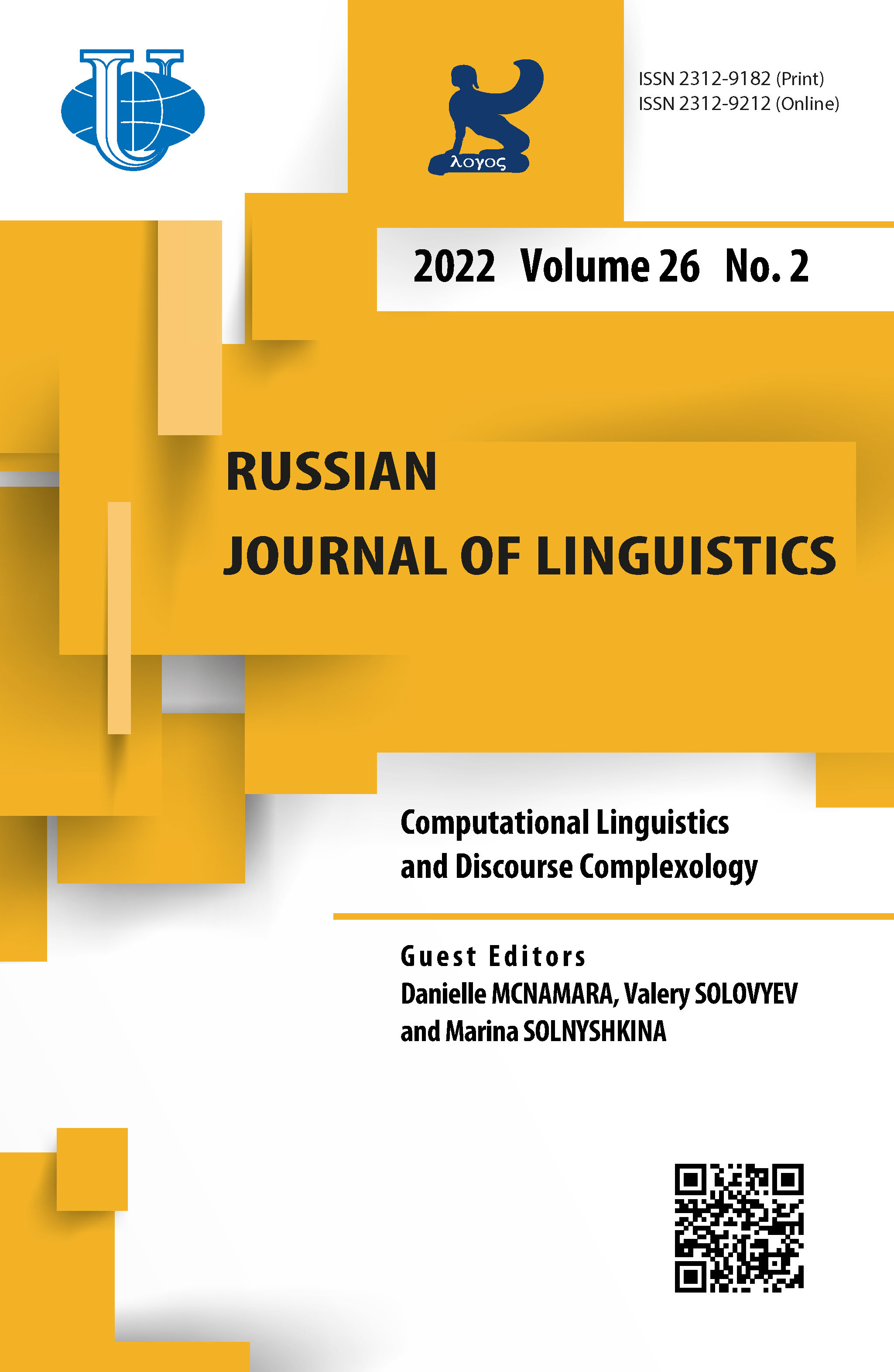详细
In this paper, we apply usage-based linguistic analysis to systematize the inventory of orthographic errors observed in the writing of non-native users of Russian. The data comes from a longitudinal corpus (560K tokens) of non-native academic writing. Traditional spellcheckers mark errors and suggest corrections, but do not attempt to model why errors are made. Our approach makes it possible to recognize not only the errors themselves, but also the conceptual causes of these errors, which lie in misunderstandings of Russian phonotactics and morphophonology and the way they are represented by orthographic conventions. With this linguistically-based system in place, we can propose targeted grammar explanations that improve users’ command of Russian morphophonology rather than merely correcting errors. Based on errors attested in the non-native academic writing corpus, we introduce a taxonomy of errors, organized by pedagogical domains. Then, on the basis of this taxonomy, we create a set of mal-rules to expand an existing finite-state analyzer of Russian. The resulting morphological analyzer tags wordforms that fit our taxonomy with specific error tags. For each error tag, we also develop an accompanying grammar explanation to help users understand why and how to correct the diagnosed errors. Using our augmented analyzer, we build a webapp to allow users to type or paste a text and receive detailed feedback and correction on common Russian morphophonological and orthographic errors.














